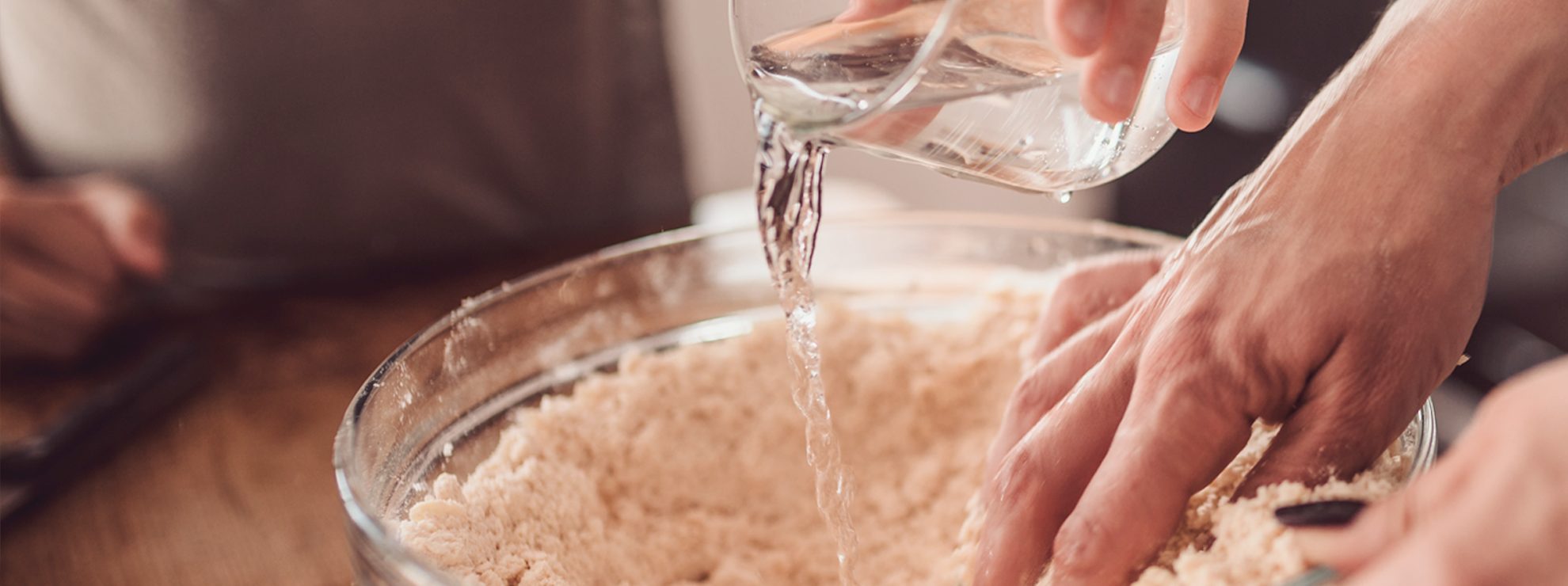Here’s Why You Should NEVER Refrigerate Your Bread
There is a complicated scientific explanation called “the retrogradation and recrystallization of starch”. This term basically means that when bread is stored in a cold (but above freezing) place, such as a fridge, the recrystallization ( going stale) happens much faster than at warmer temperatures. Freezing bread, however, dramatically slows the process down.
;)
We’ve all tried to find ways to make our loaves last longer, but wrapping one in plastic and putting it in the fridge is possibly the worst thing we can do to our bread.
Why? Surely refrigerators were invented to preserve food, not ruin it?
There is a complicated scientific explanation called “the retrogradation and recrystallization of starch”. This term basically means that when bread is stored in a cold (but above freezing) place, such as a fridge, the recrystallization ( going stale) happens much faster than at warmer temperatures. Freezing bread, however, dramatically slows the process down.
What is the Best Way to Store Bread?

Serious Eats website decided to test this out by getting loaves of fresh bread, cutting them in pieces and dividing them between the refrigerator, the freezer, and room temperature. For each group, several wrapping methods were tried: unwrapped, enclosed in a paper bag, wrapped in plastic and wrapped in tin foil.
A day later, the bread pieces were checked, and this is what was found:
Unwrapped Bread
All the unwrapped bread went completely stale except the freezer sample. Once the piece was defrosted, it showed mild signs of drying/hardening.
Leaving bread unwrapped in any kind of environment is the quickest way for it to go stale.
Paper Bag Wrapped Bread

The paper bag did very little to stop the bread drying out. Room temperature and defrosted freezer samples were both very hard. Surprisingly for this test, the refrigerator sample was not quite as stale as the others, but still wasn’t good.
Plastic & Foil Wrapped Bread

The plastic and foil wrapped room temperature bread samples were about the same, with slight firming but still keeping a good degree of give and softness throughout.
The plastic and foil wrapped samples that had been kept in the fridge were significantly more firm than the room temperature ones.
The plastic and foil wrapped frozen bread, once defrosted to room temperature, had retained more of their original softness than any of the other samples.
Whole loaves will keep longer than sliced ones, as a bread’s shelf life is reduced once it’s sliced. If you buy bread in bulk, the best way to keep it is to freeze it and defrost each loaf as you need it. Bread will keep for around 6 months in the freezer.
At room temperature, bakery bread lasts for around 2-3 days after the printed date, while packaged bagels last for around 5-7 days.
;Resize,width=767;)

;Resize,width=712;)

